Enhanced navigation services receive the go-ahead from stakeholders after satisfactory initial performance - here's what we know
Prashant-prabhakar
08 May 2022
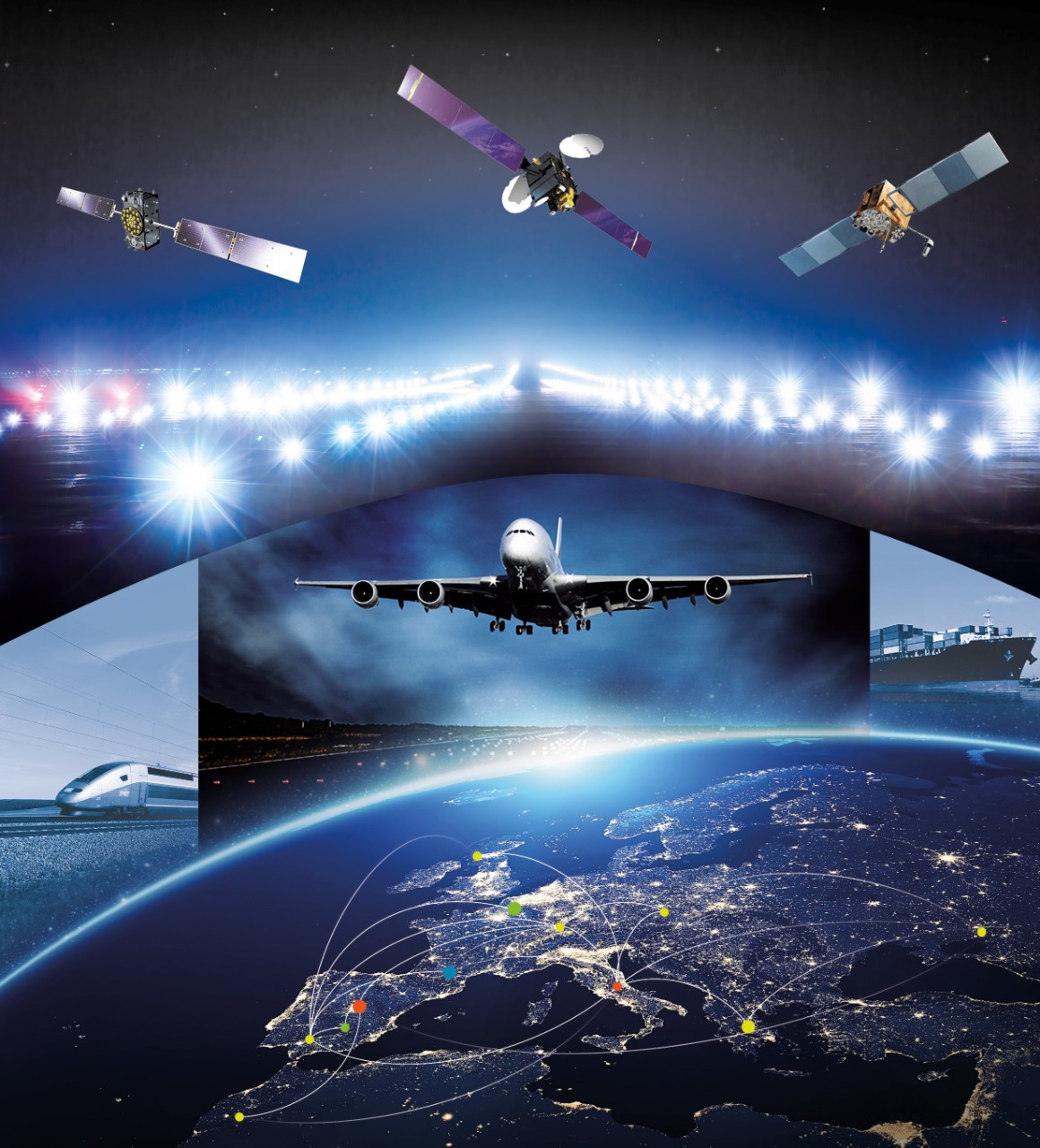
The European Geostationary Navigation Overlay Service (EGNOS) is Europe's regional Satellite-Based Augmentation System (SBAS) used to enhance the performance of navigation satellite systems for the most safety-critical applications such as aircraft navigation and landing.
Airbus
This system which is under development, has Airbus collaborating with its key partners Indra and the Universitat Autònoma de Barcelona/IEEC, and the EGNOS V3 stakeholders to introduce new services based on multiple frequencies (L1/L5, E1/E5) of multiple constellations (GPS, Galileo), and will also embed sophisticated security protection against cyber-attacks.
EGNOS is composed of a large network of about 50 ground stations deployed over Europe, Africa and North America, two master control centres located near Rome and Madrid, and a System Operation Support Centre in Toulouse.
Touted to provide critical navigation services even at airports without the presence of expensive instrument landing systems, the initial assessment of the system performance highlighted the high level of maturity of the design and its adequacy to flawlessly continue the provision of critical navigation services, such as precision approach and landing everywhere in Europe. Additionally, the report also confirmed that EGNOS V3 would deliver the accuracy, continuity, integrity and availability required for Safety-of-Life operations up to Category I - with margins.
Illustrative | ASDNews
At this stage of the development, this performance review has demonstrated the increase in benefits which EGNOS V3 should bring to Europe. As the full power of this new EGNOS generation has still to be qualified in the following phase of the project, this first important milestone of the Detailed Design phase has met our expectations on all legacy aspects assessed. We look forward to the next steps, as we are confident that EGNOS V3 will deliver as requiredsaid Didier Flament, Head of EGNOS & SBAS Division at ESA
The EGNOS V3 test signal campaign involved the new version of EGNOS Navigation Land Earth Station (NLES) developed by Indra as well as the Eutelsat E5WB’s dual-frequency SBAS payload developed by Airbus.
Illustrative | European Space Agency
The successful broadcast of the EGNOS V3 test signal is a key event in the life of the program. Together with other ongoing field experiments, this “hello world” of EGNOS V3 lays the foundation for the deployment of the new generation of EGNOS. The program and the system are now entering into reality on their journey to enable continuous and improved Safety of Life services across the European Union and beyond said Silvio Sandrone, Head of Navigation Programs at Airbus
Silvio Sandrone | Uni Bremen
Combining both, Galileo and GPS signals to monitor ionosphere-induced position errors, would reportedly increase the availability of the service in the western and southwestern periphery of Europe, thereby expanding the area in which satellite navigation landing becomes possible without requiring dedicated ground systems.
The consolidation of EGNOS’ service area will be beneficial to our customers, as it will support their satellite navigation-guided operations to even more destinations. Airbus is very pleased to support the growth of EGNOS users in commercial aviation in Europe with the recent certification of the SBAS Landing Systems on Airbus A320 and A330 families. We continue to support the development of any system which will contribute to a safer and more sustainable air trafficcommented Hugues de Beco, head of ATM Programs within Airbus Commercial Aircraft
EGNOS is a component of the European Union Space Programme designed to improve the positioning service of the Global Positioning System and Galileo for Safety of Life users.
SOURCE(s)
COVER: Airbus
Read next
Boeing on May 5 announced a significant scaling up of the MRO facilities within India for the Indian Navy’s fleet of P-8I long-range maritime reconnaissance and anti-submarine warfare aircraft.
The companies will carry out extensive MRO works on a total of three P-8I aircraft at the Air Works facility in Hosur, Tamil Nadu, India.
Three Indian Navy Boeing P8Is are simultaneously undergoing heavy maintenance checks at the Hosur facility of Air Works, India’s largest aviation MRO, to demonstrate the growing capability to service these mission-critical platforms in India.
Boeing expands MRO capability for Indian Navy's P8I fleet
The P8I is the Indian Navy’s most capable surveillance and reconnaissance aircraft. The induction of the P8I fleet in 2013 is widely regarded as a game-changer for India’s maritime capabilities. Nine of these aircraft have been delivered and three more are in the pipeline.
The Boeing-Air Works collaboration is meant to enable faster turnaround and enhanced operational capability of key defence platforms.
“The partnership began with the first P-8I aircraft Phase 32 checks and has grown to include Phase 48 checks and MRO on the landing gear of the Indian Air Force’s 737 VVIP aircraft,” Boeing stated.
Three Indian Navy Boeing P8Is are simultaneously undergoing heavy maintenance checks at the Hosur facility of Air Works
The world’s largest aerospace company is increasing MRO availability for its platforms in India as an illustration of its alignment with India’s self-reliance (Aatmanirbhar Bharat) quest.
Boeing’s “strategic collaboration” with Air Works is an important first step under the Boeing India Repair Development and Sustainment (BIRDS) hub launched last year. The BIRDS hub envisions a collaboration with key local companies and businesses to develop India into an aviation and defence repair and sustainment hub.
“Maintaining such mission-critical platforms for the nation’s defence forces is a matter of immense pride for Air Works. At the same time, it also reflects the “coming-of-age” or maturing of indigenous MRO capabilities in aviation, defence and aerospace, which can deliver huge advantages for the country."D. Anand Bhaskar, Managing Director & CEO, Air Works Group
Bhaskar wants the partnership to extend to other critical Boeing Defence platforms used by India’s armed forces.
Established in 1951, Air Works has a pan-India network across 27 cities and provides MRO support to Boeing 737 and Airbus 320 fleets besides the ATR 42/72 family. It is also an Authorized Service Centre (ASC) for Bell and Leonardo helicopters and undertakes modification and assembly of rotary-wing aircraft.
“The ongoing satisfactory execution of heavy maintenance checks on three P-8I platforms concurrently by Air Works is a remarkable achievement. Such efforts contribute towards the Government’s vision of making India an MRO hub for the region."Surendra Ahuja, Managing Director, Boeing Defence India
Boeing has an Indian supply chain with more than 275 local companies and a joint venture to manufacture fuselages for Apache helicopters. The US firm employs close to 4,000 people in India, and more than 7,000 people work with its supply chain partners. Annual sourcing from India stands at USD 1 billion.
Boeing India and Air Works intend to commemorate their collaboration at the Boeing India Aatmanirbharta in Defence conference being organized in New Delhi with participation from dignitaries from the Indian Navy, Air Works Group, and other key supplier-partners.
Boeing has delivered the 12th P-8I maritime patrol aircraft to the Indian Navy
ALSO READ - Indian Navy gets its 12th P-8I maritime patrol aircraft from Boeing
Recently, Boeing delivered the 12th and the last aircraft to the Indian Ministry of Defence.
The P-8I aircraft is a variant of the P-8A Poseidon aircraft that Boeing developed as a replacement for the US Navy’s ageing P-3 fleet. In May 2021, the US State Department approved the proposed sale of six P-8I patrol aircraft and related equipment, a deal estimated to cost 2.42 billion dollars.
Read next
Virgin Atlantic flight forced to turn around as the pilot hadn't done final flying test
Radhika Bansal
07 May 2022
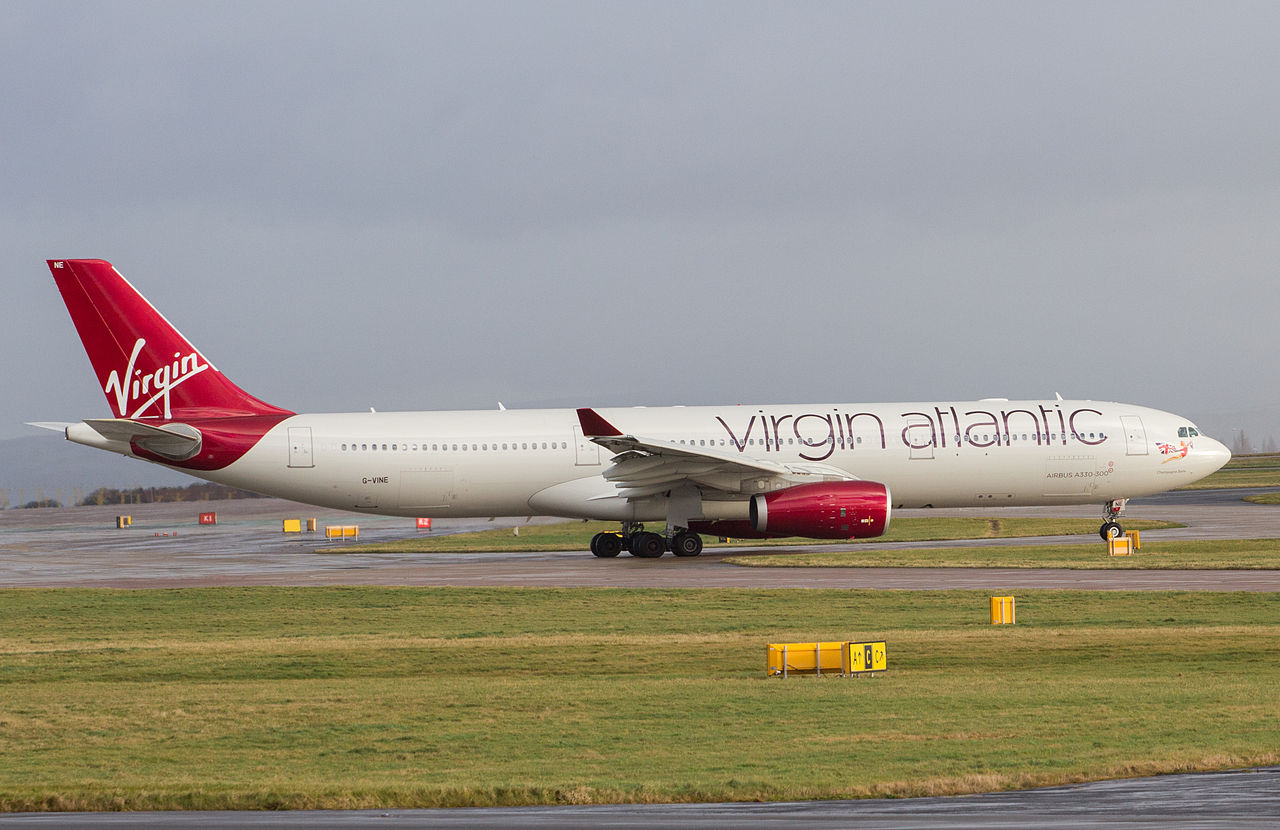
A Virgin Atlantic flight to New York, carrying 300 passengers, was forced to return to London Heathrow after the co-pilot admitted mid-flight that he hadn't taken his last flying test.
The Virgin Atlantic A330 aircraft was 40 minutes into the journey and was flying over Ireland when the airline managers on the ground discovered that the first officer had not taken his final flying exams. The message was conveyed to the captain and the flight was ordered to return to Heathrow.
Virgin Atlantic flight was forced to turn around as the pilot hadn't done the final flying test
Passengers landed in the US almost three hours later than planned and were forced to wait on the runway while a qualified replacement was found. Passengers were reportedly angry with the long delay and the incident delayed other flights, reported Mirror.
Virgin Atlantic apologised for the confusion and said that the issue was caused by a rota mistake. It also assured passengers that safety had not been compromised, with both pilots fully licensed and qualified to operate the aircraft.
A Virgin Atlantic spokesman told MailOnline "Due to a rostering error, flight VS3 from London Heathrow to New York-JFK returned to Heathrow on Monday, May 2 shortly after take-off."
The co-pilot needed a "final assessment flight" with a training captain to be able to fly with Virgin Atlantic policy.
"We apologise for any inconvenience caused to our customers who arrived two hours, 40 minutes later than scheduled as a result of the crew change."
The Sun, however, quoted a source as saying: "You could have cut the tension in the cockpit with a knife. The plane got as far as Ireland and then they found out the first officer was still in training... It was embarrassing for everyone and the passengers were furious."
According to the Daily Mail, the co-pilot needed a "final assessment flight" with a training captain to be able to fly with Virgin Atlantic policy.
Flight VS3 turned back as the captain had not been designated as a trainer.
As qualified pilots, first officers are also meant to support the captain by communicating with air traffic control and flying the plane.
A Civil Aviation Authority (CAA) spokesperson confirmed both pilots were suitably licensed and "qualified to undertake the flight".
It is to mention that the initial first officer reportedly joined the carrier in 2017. He was fully qualified under UK aviation regulations but had not completed a final assessment flight which is part of the airline's internal requirements. Therefore, flight VS3 turned back as the captain had not been designated as a trainer.
Read next
It is ironic that talks about HAL manufacturing Tejas MK2 shortly are floating around, even as HAL has defaulted on its scheduled delivery of Tejas MK1 and Tejas MK1A, not once but twice, despite the Final Operational Clearance (FoC) by the Indian Air Force (IAF). The prolonged delay might cost the state-owned defence firm dearly, thanks to the steep hike in the price of the composite materials required to manufacture the fighter jets.
LCA Tejas Mk1 | Representative | The Economic Times
Weary of the delay, the first time around, when the IAF decided to monitor the production line all by itself, the production of Tejas finally fell in line. However, there is yet anotherdelay now, but the reason is different– the escalating price of composite materials used to build the fighter jets.
What exactly is a composite?
A composite is a material made from two or more materials of dissimilar properties, that, when combined, make the resultant material stronger than the individual materials by themselves. Simply put, composites are a combination of components.
Most composites are made of just two materials. One is the matrix or binder. It surrounds and binds together fibres or fragments of the other material, called the reinforcement.
Romeo RIM
For instance, wood, a natural composite, is a combination of long fibres of cellulose (a very complex form of starch) held together by a much weaker substance called lignin. Although lignin is weak in itself, its binding capacity is very high and hence it acts as a natural glue that binds and stabilizes the cellulose fibres. Cellulose is also found in cotton and linen, but it is the binding power of the lignin that makes a piece of timber much stronger than a bundle of cotton fibres.
The bones in our body are also a composite. It is made from a hard but brittle material called hydroxyapatite (mainly, calcium phosphate), and a soft and flexible material called collagen (a protein). Collagen is also found in our hair and fingernails. On its own, it would not be of much use in the skeleton, but when combined with hydroxyapatite it gives the bones the properties that are needed to support the body
Composites are also developed by men in labs. An example of a man-made composite would be plywood. Another simple example of man-made composites is concrete. Here the aggregate (small stones or gravel) is bound together by cement. Concrete has good strength under compression, and it can be made stronger under tension by adding metal rods, wires, mesh or cables (i.e., creating reinforced concrete).
The first modern composite material was fibreglass. It is still widely used today in boat hulls, sports equipment, building panels and many car bodies. The matrix is plastic, and the reinforcement is glass shredded into fine threads and often woven into a sort of cloth. On its own, the glass is very strong but brittle, and it will break if bent sharply. The plastic matrix holds the glass fibres together and also protects them from damage by dispersing the forces acting on them.
Fibreglass Composite | Illustrative | SMI Composites
Some advanced composites are now being made using carbon fibres instead of glass. These materials are lighter and stronger than fibreglass but more expensive to produce. They are used in aircraft and expensive sports equipment such as golf clubs.
The new Airbus A380, the world’s largest passenger airliner, incorporates modern composites in its design. More than 20 per cent of the A380 is made of composite materials, mainly plastic reinforced with carbon fibres. The design is the first large-scale use of glass-fibre-reinforced aluminium, a new composite that is 25 per cent stronger than conventional airframe aluminium and also 20 per cent lighter.
Representative | ResearchGate
Why use composites?
The most significant advantage of modern composite materials is that they are light in weight yet strong. An optimal combination of matrix and reinforcement material can yield new materials to suit the requirements of a particular application. Composites also provide design flexibility because most of them can be moulded into complex shapes. The downside is often the cost. Although the resulting product is more efficient, the raw materials are quite expensive.
Fab Academy
The DRDO laboratories in Pune, Hyderabad and Bengaluru have been working on creating composites for the last two decades. The aerospace-related product development by DRDO, CSIR and ISRO labs took the lead in establishing manufacturing industries and processes for product development. Some examples include carbon fibre reinforced bridges of different spans for the army that are 40 per cent lighter in comparison to their metallic counterparts. Besides, glass fibre-reinforced armoured vehicle hulls comprising integral ceramics armour have been developed. Composite materials are fast replacing traditional materials in design, and end products in the industrial sectors. Easily accessible and reliable, the composite elements are playing a pivotal role in the aerospace and defence sector.
HAL LCA Assembly Line | Illustrative | Onmanorama
Though composites are triggering a revolution, they have also become a bane to the defence manufacturing sector, thanks to the increase in import duty and the supply chain disruption of the specialised materials during the Covid 19 pandemic. Shipment costs rose sharply, besides, most composite raw materials need to be transported and stored in 20° C freezers. Moreover, composites come with an expiry date and if not used within the stipulated time, result in massive losses.
Representative | Defense News
Indigenous development and manufacture of weapons, especially in Defence, is associated with high performance. And composites are being used to make our defence weaponry stronger. They are currently in use in many Indian weapons programmes. The airframe of the Light Combat Aircraft (LCA), superstructures of naval vessels, and components for various strategic and non-strategic missile systems are a few examples.
Representative | See Latest
According to sources, 463 vendors in the LCA programme – supplying carbon wing skins, forward fuselage, flaperons, rudder, keel beam, front fairing, upper fuselage shells, crown and side panels – are already struggling with the increase in raw material costs, which has risen between 30-100 per cent. This will in turn increase the delivery time twofold. An additional challenge is that HAL’s LCA assembly line has still not matured enough. Since each aircraft is not a replica of the previous one, the components have a different iteration each time and it goes through the full operational capability stage.
The Light Combat Aircraft (LCA) uses 45 per cent of carbon composites which now is a matter of great distress as the first batch of the composites is expected to be delivered only by February 2024. Each LCA Mk1A uses 2.24 tons of composites; 23.1 tons for submarines, 945 kg for helicopters, and 640 kg for UAVs, according to a KPMG report on military materials. Multi-functional composites are used for armour application. Aerospace composites with functional features such as radar transparency, stealth, etc., are also being developed indigenously.
Representative | AA Me,IN
SOURCE(s)
COVER: Air Data News
Read next
Definition
A Take-off/Go Around (TO/GA) is an autopilot/autothrottle setting that activates the take-off or go-around thrust. Usually located on the thrust levers, they can be activated by depressing a switch or by manually moving the thrust levers to the appropriate position (depending on the aircraft type).
Representative | Source
The switch is the same for both take-off (TO) and go-around (GA) modes and by pressing the TO/GA switches when the autothrottle is engaged, the thrust lever servo-actuators are activated and they advance the thrust levers at a preset rate to reach the position for take-off or go-around.
Illustrative | Pinterest
Take-off mode (TO)
Advancing the thrust levers to the TO/GA position during take-off, commands the engines to increase their RPM to the calculated N1 or engine pressure ratio (EPR). Since most aircraft today can perform a Reduced Thrust Take-off in which the power needed by the engines for take-off is pre-determined by the crew based on several factors such as runway length, wind speed, temperature, and the weight of the aircraft, it additionally prevents wear and tears on the engines by only using as much power as is actually required to meet takeoff and climb obstacle clearance.
Illustrative | SKYbrary
Go-Around mode (GA)
Initiating the transition of the autopilot/autothrottle system from approach mode to go-around mode is yet another very important function of the TO/GA mode.
The “all engines” go-around is a standard procedure which is executed if the captain deems it necessary and it may be due to several reasons- unstable, unable to land in the touchdown zone, incorrect configuration, obstacle on the runway (aircraft, vehicle, animal), or aircraft controllability issues.
Illustrative | TheJournal.ie
A general rule of the thumb is that "if the aircraft isn't on the ground in the first third of the runway" — go around.
Although a standard procedure, it tends to produce high accelerations due to TOGA thrust.
In-service experiments have shown that a lower thrust can still be sufficient to perform a safe go-around, provided both engines are running.
Go-Arounds(s) and Somatogravic Illusion (SI)
Go-arounds are usually performed when an aircraft’s weight is well below the Max Landing Weight and when flying at low speeds close to the Approach speed. These conditions are the recipe for unusually strong longitudinal acceleration which may ultimately lead to Spatial Disorientation (SD) of the flight crew caused by a Somatogravic Illusion (SI)- a leading factor suspected to have caused numerous fatal accidents.
safetyfirst.airbus
Airbus, in response, created a function which would allow the flight crew to perform a go-around with a reduced thrust, adapted to the aircraft's weight, speed and altitude.
So, what is it all about?
SOFT GO-AROUND FUNCTION (SGA)
Principle
In simple words, the SGA function provides a lower than TOGA initial thrust level, thereby ensuring a reduced acceleration and requirement to pitch up and a lower but constant final rate of climb regardless of the aircraft weight, speed, altitude and Slat/Flaps configuration.
Airbus has meticulously designed the SGA climb capability to be able enough to deal with the world’s most demanding missed approaches. The target rate of climb is either 2000 or 2300 ft/min, depending on the aircraft model.
However, it is to be noted that the Soft Go-Around function is only available when all engines are operating:
TOGA thrust must be used in case the go-around is performed with one engine inoperativeIn the case of an engine failure during a soft go-around, again, TOGA thrust is to be selected
Working
Based on the environmental conditions, the aircraft weight, altitude, speed and slats/flaps configuration, the Auto Flight System (AFS) via the PRIMs (A350/A380) or FMGECs (A330) or FMGCs (A320) computes a thrust target that will enable the aircraft to climb at 2000 (or 2300 ft/min).
safetyfirst.airbus
This thrust target is then sent to the engine's FADEC which will apply the optimized thrust as soon as the function is activated via the thrust levers.
On aircraft equipped with the SGA function, SGA is now fully part of the Standard Operating Procedures (SOPs). The FCOM and QRH (quick reference handbook) are updated accordingly.
safetyfirst.airbus
On aircraft not fitted with the Soft Go-Around function, if the TOGA thrust is not required for a go-around, the flight crew can apply the procedure introduced in the FCOM/FCTM.
What about mixed fleets?
Due to its fleet-wide availability status and rather a recent introduction, operators will likely have to deal with aircraft that may or may not have SGA featured in them. In such cases, it becomes imperative to make sure that the flight crew is aware of the SGA / Non-SGA capability of the aircraft they are flying.
Communication is key here. Although in any case the Go Around initiation is always done by setting the thrust levers to the TOGA detent to engage the SRS guidance mode and the GO-AROUND phase of the FMS (Flight Management System). Subsequently, depending on the aircraft's SGA capability and on the possibility to use a reduced go-around thrust, the SGA function may be used.
Representative | safetyfirst.airbus
SOURCE(s)
COVER: The Balance Careers
Read next
The Russian government-run Aeroflot will resume flights between Russia and India from Friday, May 6.
Aeroflot had suspended its scheduled international flight operations on March 8 as aircraft lessors -- based out of western countries such as the US, the UK and Europe -- had recalled their planes once Russia began its war against Ukraine on February 24.
"Starting 6th May 2022, Aeroflot will fly its own Airbus 333 aircraft every Monday and Friday from Delhi (DEL) to Moscow (SVO) with a total seating of 293 passengers in a three-class configuration business, premium economy and economy," the airline said in a statement on Thursday.
https://twitter.com/RusEmbIndia/status/1522257542667190274
ALSO READ - Russia plans to resume international flights to 52 “friendly” countries
While Aeroflot had suspended this service exactly two months back, Air India stopped its Delhi-Moscow this March-end as the renewed insurance cover for the Maharaja’s aircraft did not cover them for flying to Russia.
ALSO READ - Air India suspends Delhi-Moscow flight over flight insurance concerns
Aeroflot will fly its own 293-seater three-class configuration Airbus A330 from Delhi to Moscow.
Russian carriers had stopped all international routes as lessors in the USA, the UK and Europe recalled their planes. Aeroflot has been barred from most global distribution systems.
From Friday, May 6, Aeroflot will fly its own 293-seater three-class configuration (business, premium economy and economy) Airbus A330 every Monday and Friday from Delhi to Moscow.
Delmos Aviation, which represents Aeroflot in India, said the absence of direct connectivity between India and Russia had resulted in delays in crucial pharma shipments.
“It (resumption of direct flights) will ease the travel of students, business and leisure travellers. Passengers will be able to book tickets from Delmos Aviation.… We can assure passengers of… complete safety…. will help streamline cargo movement. Because of (direct flight) suspension, pharma companies were sending the crucial pharma supplies via longer routes. It was a time-consuming and expensive proposition for all.Delmos is open to accepting all special commodities (as cargo), including DG shipments. We will continue to cater and provide direct service to Moscow and connections to other Russian sectors and CIS destinations.”Naveen Rao, Director, Delmos Aviation
“DG shipments, temperature-sensitive drugs, machine parts were being routed via third countries resulting in delays and price escalation causing hardship to Indian exporters,” it said in a statement.
“The resumption of flights will boost the recovering tourist market in both countries. With lesser options available globally, India is looking forward to welcoming a huge number of Russian tourists this year,” it added.


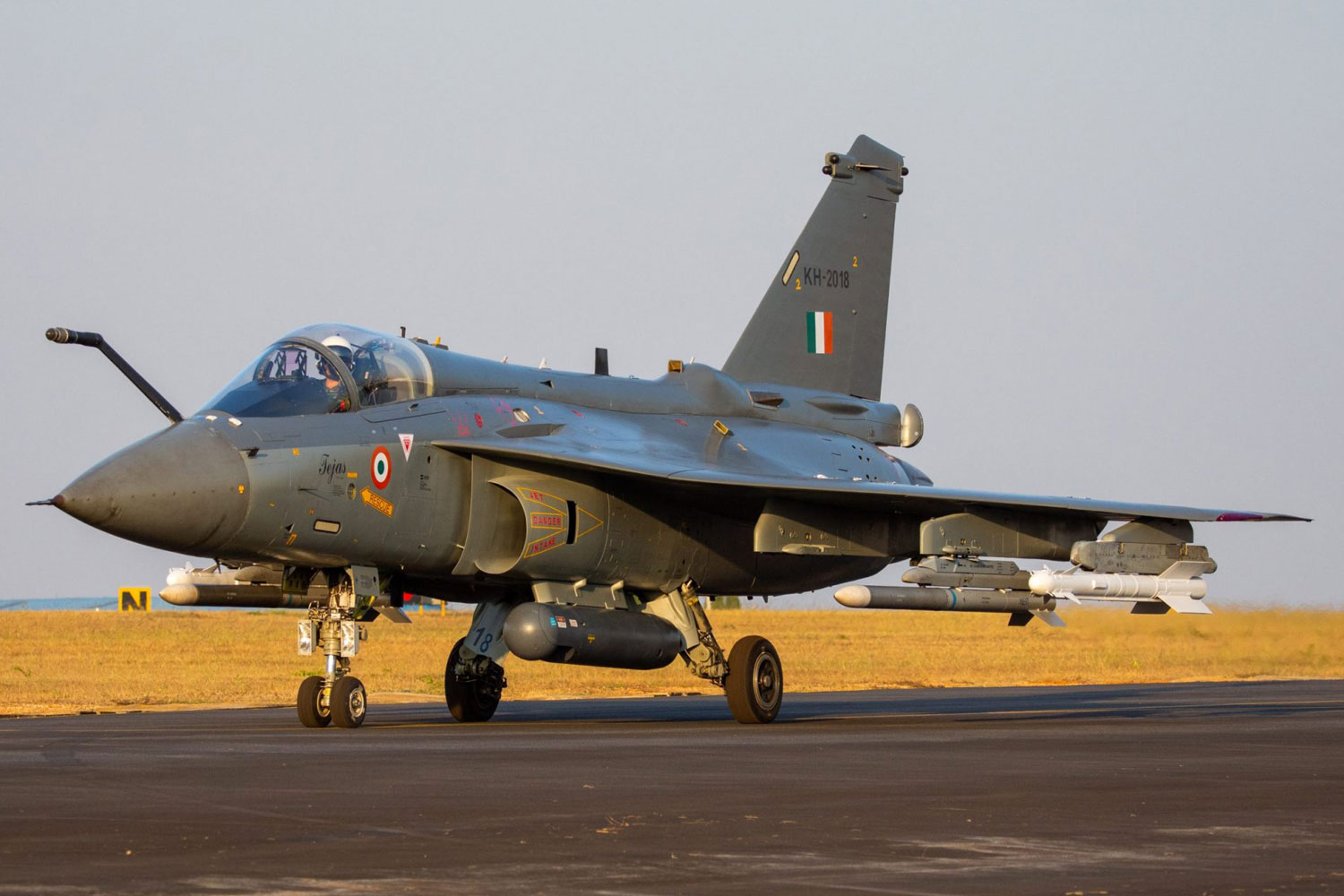
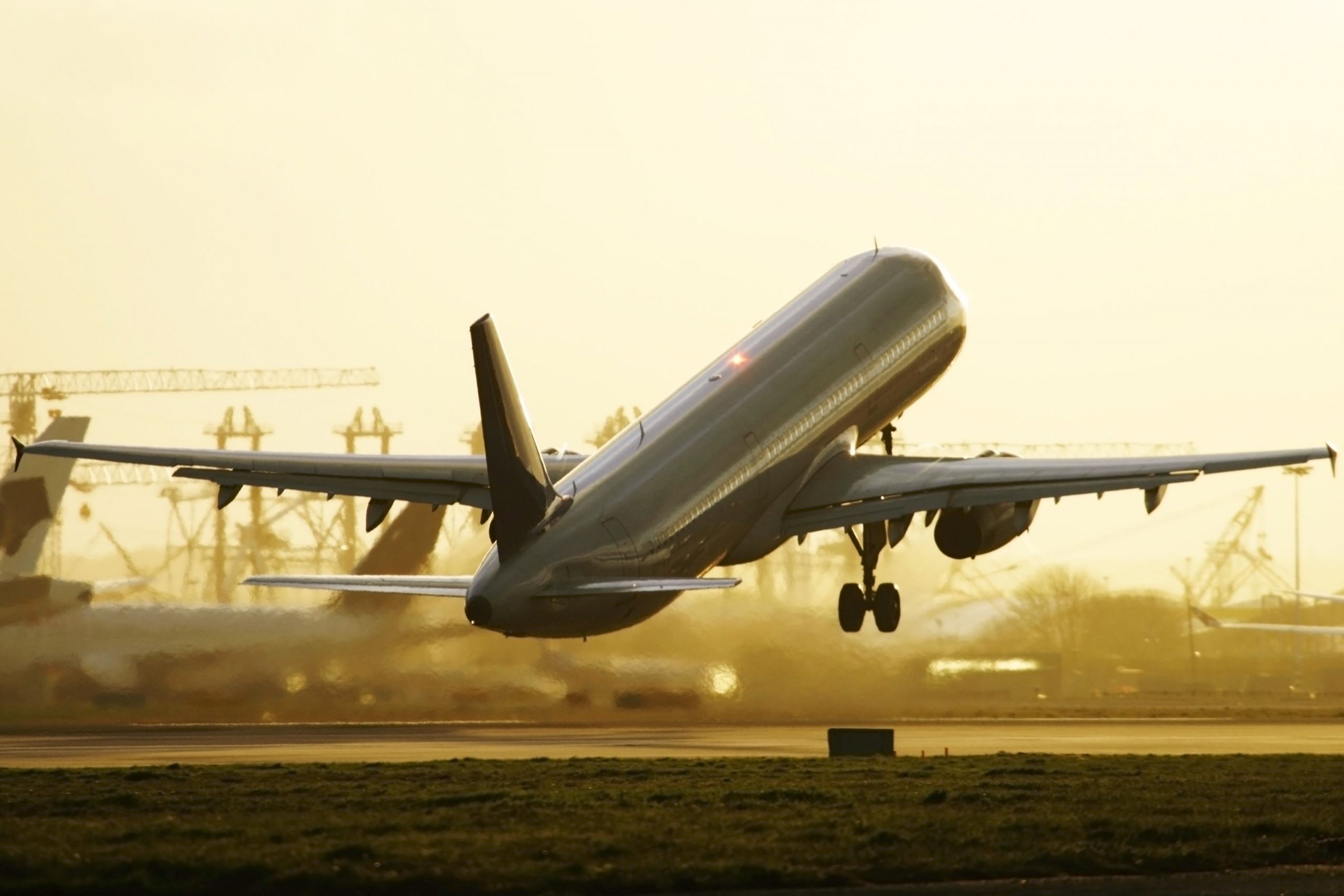
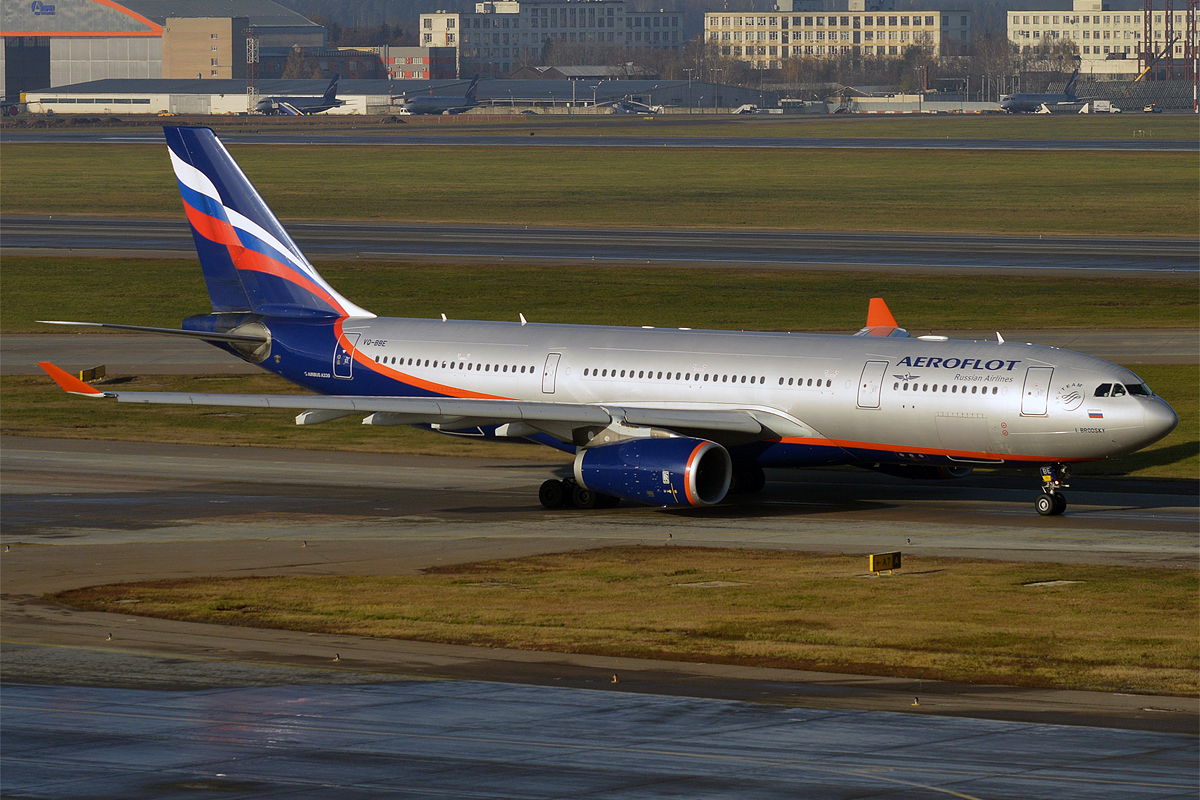
Comment